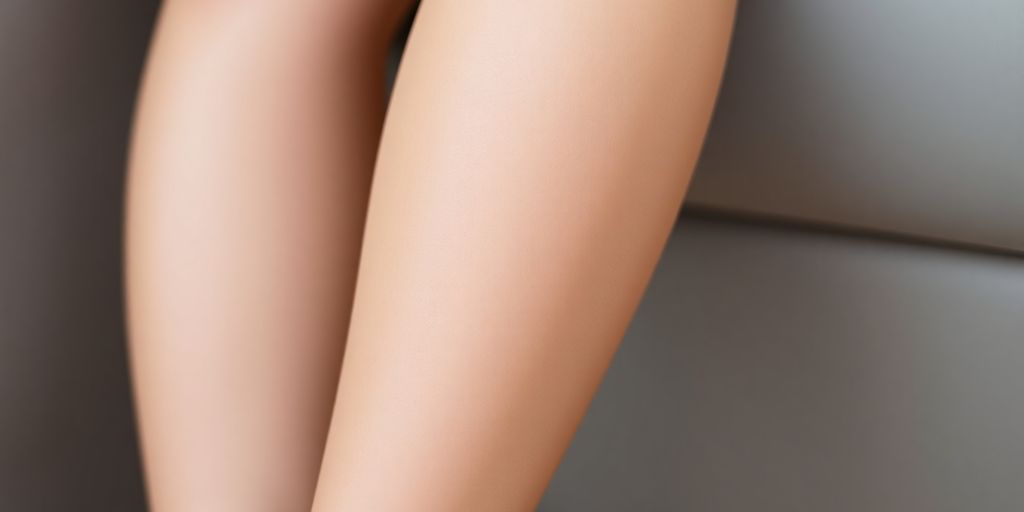Compression socks can serve a wide variety of purposes. Whether you are an athlete looking for socks or stockings to support and improve your performance or you are someone with a medical condition that restricts blood flow to the legs and feet, compression socks offer an effective and affordable solution. In today’s guide, we will answer some of the most common questions about compression socks and where to get the best compression wear on the market!
What Are Compression Socks?
Compression socks, often known as compression stockings, are a type of support socks that apply increased pressure to the legs, ankles, and feet. This pressure is often used to treat, prevent, or delay the onset of certain medical conditions, including excess fluid retention and thrombosis. However, compression socks are not only used to treat patients.
Using circulation socks or pressure socks to increase blood flow and support joints also benefits athletes or those undergoing a rigorous exercise regimen. This pressure helps reduce the size of enlarged veins while simultaneously increasing the speed and efficiency of blood flow in the feet and legs. The amount of pressure varies based on the graduated pressure (measured in mmHg) of the stockings. Consequently, anyone can customize the amount of pressure based on their personal needs and comfort level.
The Difference Between Compression Socks and Medical Compression Socks
While compression socks can and do serve different functions for people, there are also significant variations between “standard” compression socks and medical-grade compression socks. For optimal stretching, many regular compression socks and medical socks are made with synthetic materials like nylon, polyester, or spandex. However, for those who want socks that can generally last longer and offer greater breathability (common among athletes and people who are physically active), natural fibers like cotton and wool can also be used.
So, standard compression socks and medical compression socks share the same basic characteristics. That said, medical-grade compression socks are usually thinner and offer greater constriction of the legs. Therefore, the pressure of medical compression socks (sometimes known as support stockings) measures between 20-30 mmHg. Anything below 20 mmHg is better reserved for athletic or other non-medical purposes, as it does not provide the degree of compression to adequately manage patients with diagnosed circulatory conditions.
What Do Compression Socks Do?
As previously mentioned, compression socks are designed to apply varying levels of pressure to your legs. Some compression socks extend all the way up to the middle or upper thigh, while others only cover a section of the calf. It all depends on your specific needs. If you are wearing compression socks as part of a treatment prescribed by your doctor, then the socks will ideally provide enough pressure to speed up the flow of blood in the lower third of your body, decrease the chances of experiencing blood clots, and even reduce the size and severity of varicose veins.
One of the most interesting advantages of compression socks is that they can help people who are both highly mobile and relatively immobile. If you are physically active, low to medium pressure compression socks can increase blood flow, making it easier to do cardiovascular activities for extended periods of time. Alternatively, if you do not move around much or struggle with poor circulation, compression socks can help keep blood flow regular and prevent clots from forming. For example, if you know that you will be immobile for several hours at a time (like during a flight or long car ride), compression socks can improve your resting circulation and ensure that your legs feel comfortable.
More generally, compression socks offer a wide range of benefits, including:
- Increased circulation in the legs and feet
- Support for weak or oversized veins
- Prevention of pooling blood in the legs
- Reduced inflammation or swelling in the legs
- Reduced instances of dizziness when standing
- Prevention of the onset of venous ulcers
- Prevention of thrombosis in the legs
- Help managing pain (usually associated with varicose veins)
- Improved lymphatic drainage
Who Wears Compression Socks?
It may sound like compression socks are just for athletes and people who struggle with varicose veins, but that is definitely not the case. In fact, they are often worn visibly or underneath regular clothing by people of all ages and backgrounds. Not only do they provide all of the benefits listed above, but they also specifically help people who fall within a few common categories:
Professionals
Many jobs require people to stand on their feet for hours at a time. Nurses, waiters and waitresses, flight attendants, and retail employees are just a few common examples. These working professionals do not get a lot of time to sit down and rest their legs, which can inevitably lead to pain and discomfort caused by the exhaustive burden put on the veins in the legs. Compression socks can help ease the flow of blood, reducing pain and making long periods of walking or standing more feasible.
Pregnant Women
The added weight of pregnancy forces the legs and knees to work even harder. Over the course of a pregnancy, this can cause swelling and even pooling of blood in the legs, ankles, and feet. With compression socks, blood will be able to flow more freely in spite of the extra weight. Consequently, many pregnant women wear compression socks and stockings, particularly during the third trimester.
Athletes & Fitness Enthusiasts
Anyone who frequently engages in running, for sports or leisure, can benefit from compression socks. In addition to increasing blood flow and reducing inflammation in the legs, compression socks also reduce the risk of shin splints, plantar fasciitis, and other medical issues that frequently plague physically active people. Additionally, many athletes find that wearing compression stockings during intense cardiovascular exercise can enhance performance by increasing oxygen flow to the legs and feet.
Frequent Travelers
As previously mentioned, people who remain stationary for long periods of time are just as likely to experience cardiovascular issues in the legs as those who run or jog for long distances — if not more so. In fact, sitting for an extended period of time (while flying, driving, riding a bus, etc) can even lead to Deep Vein Thrombosis (DVT). This is essentially a blood clot that forms in one of the larger veins of the leg. Blood clots of any kind can be dangerous, as they can block blood flow to your vital organs. Fortunately, high-quality compression stockings and socks worn during long trips or during sedentary periods can help enable faster, more efficient blood flow and significantly reduce the risk of conditions like DVT.
Elderly Patients
Though it may be a tough pill to swallow, you will likely experience some kind of age-related medical issue in your life. Whether you suffer from varicose veins or edema, you can use compression socks to decrease any pain or mobility issues. Moreover, if you have experienced an injury that caused peripheral neuropathy, compression socks can help alleviate the negative effects, particularly numbness in the extremities. For this reason, many aging patients choose compression socks to help cardiovascular strength and ease the discomfort of conditions like varicose veins.
We hope you found this guide on compression socks both useful and informative! Are you currently in the market for compression socks or other compression wear? If so, be sure to reach out to Compression Health today!




Share:
Can You Wear Compression Socks To Bed?
How Do Compression Socks Work?